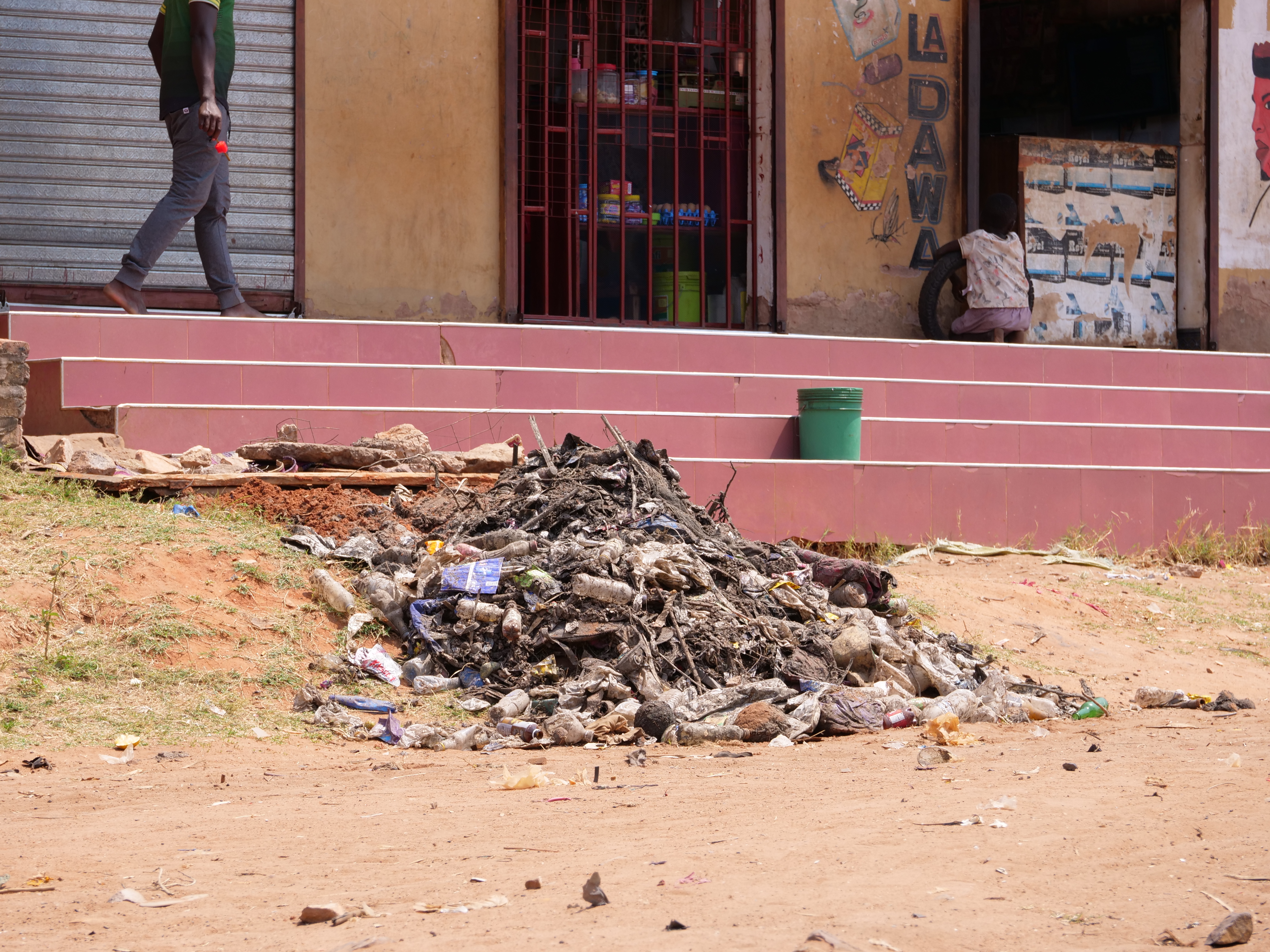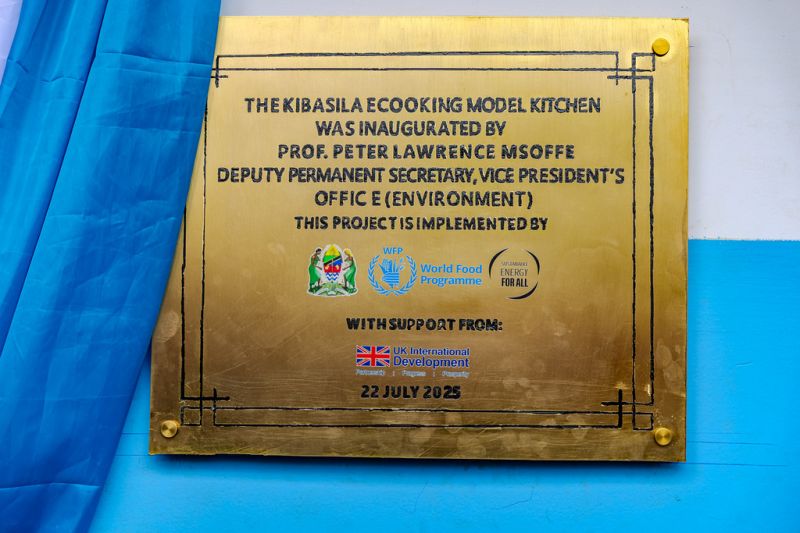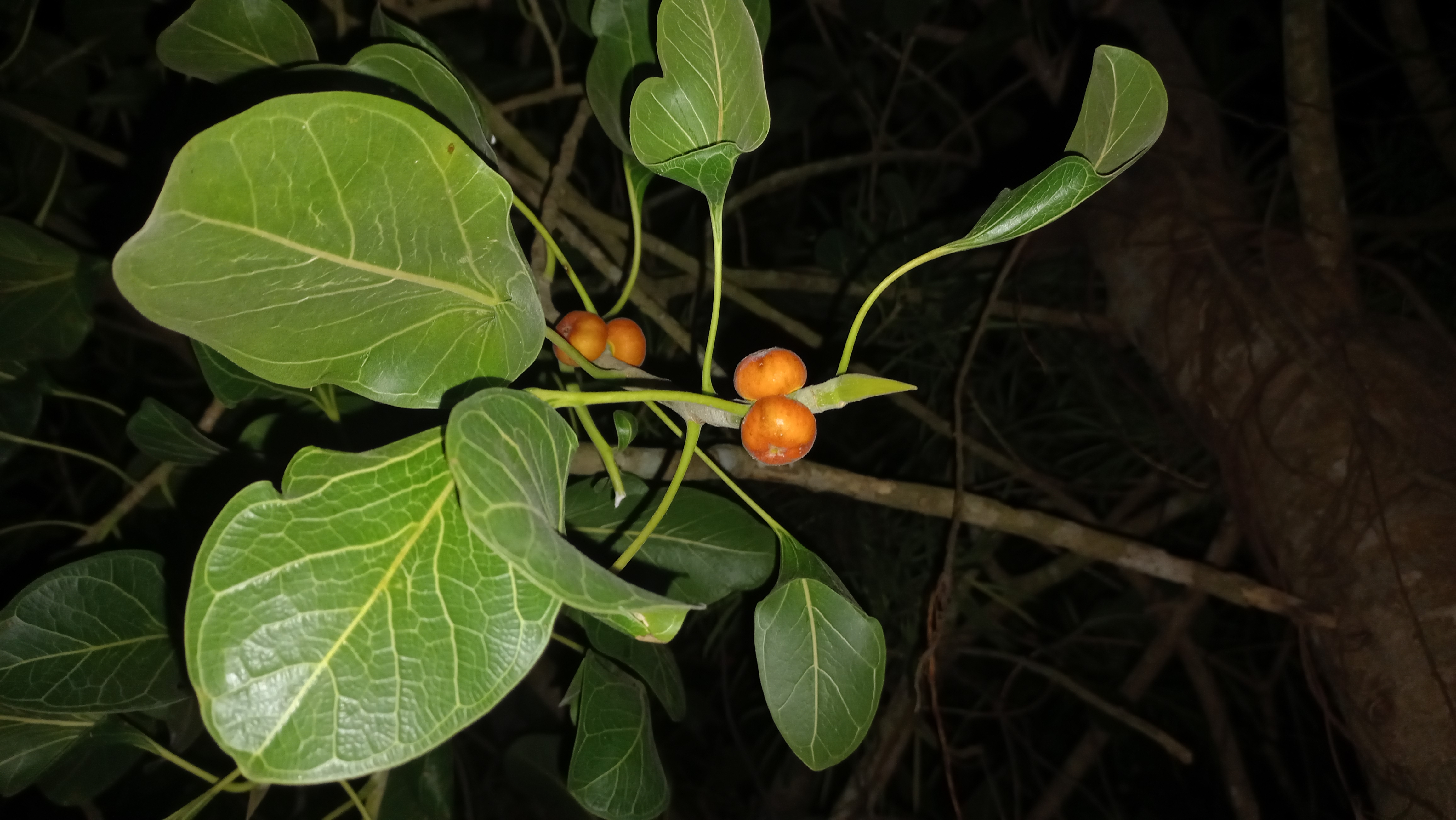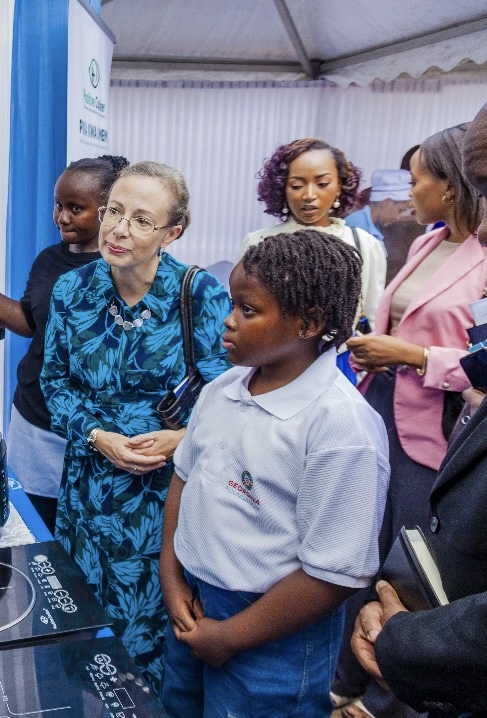
Navigating the Complexities of Municipal Waste Management: Challenges and Innovations in Achieving Zero-Waste Goals in Tanzania
Navigating the Complexities of Municipal Waste Management: Challenges and Innovations in Achieving Zero-Waste Goals in Tanzania
Introduction
Municipal waste management has become a critical challenge for many developing nations, particularly those experiencing rapid urbanization. Tanzania, one of the fastest-growing economies in East Africa, faces increasing difficulties in managing municipal solid waste (MSW). The expansion of cities such as Dar es Salaam, Unguja (Zanzibar), Mwanza, Arusha, and Dodoma has led to a rise in waste generation, overwhelming the existing waste management infrastructure.
According to the World Bank (2022), Tanzania generates an estimated 4.8 million tonnes (over 5,300 tons/day) of municipal solid waste annually, with an expected increase due to population growth and urbanization. Dar es Salaam alone, home to over 6 million people, contributes nearly 40% of the country’s total MSW. However, only 40–50% of the waste is collected and properly disposed of (National Bureau of Statistics, 2023), leaving the remainder to be illegally dumped, openly burned, or left to decompose in the streets and road tunnels.
Addressing these challenges requires a multi-stakeholder approach involving national and local governments, private sector players, civil society organizations, and communities. This article explores the key challenges facing municipal waste management in Tanzania and highlights innovative solutions that could help the country achieve its zero-waste aspirations.
The Challenges of Municipal Waste Management in Tanzania
Inadequate Waste Collection and Disposal Infrastructure. The lack of adequate waste collection and disposal facilities remains one of the most pressing issues in Tanzania. The National Environmental Management Council (NEMC) estimates that over 60% of urban waste is not collected due to limited municipal budgets and inefficient collection systems. In Dar es Salaam, waste collection services are only available in less than 50% of neighborhoods, leaving informal settlements and peri-urban areas with little to no services.
A key issue is the reliance on open dumpsites rather than engineered landfills. The Pugu Kinyamwezi (located 35km away from the city center) and Mabwepande Dumpsites, Dar es Salaam’s largest waste disposal sites, have exceeded their operational capacity and pose severe environmental and public health risks. Other cities, including Arusha and Mwanza, face similar issues, where waste is often dumped in uncontrolled areas, increasing soil and water pollution.
Limited Funding and Technical Capacity. Waste management is an expensive undertaking that requires significant investment in collection equipment, landfill maintenance, and recycling infrastructure. Municipal councils in Tanzania often lack the necessary financial and technical resources to modernize their waste management systems.
• Budget constraints: According to UN-Habitat (2023), less than 10% of municipal budgets in Tanzania are allocated to waste management. Many municipalities depend on donor funding and public-private partnerships to sustain their waste collection services. In some municipalities like Kigoma and Kinondoni, where waste collection and disposal facilities have been funded by donors, maintenance has been a challenge, leading to breakdown.
• Lack of equipment: A 2023 study by the Tanzania Urban Resilience Program (TURP) found that most municipalities operate with outdated garbage trucks, leading to frequent breakdowns and inefficiencies. Waste weigh bridges installed at the dump sites in some municipalities are non-functional.
Weak Enforcement of Waste Management Regulations. Tanzania has a solid legal framework governing waste management, including the Environmental Management Act (2004), the Plastic Bag Regulations (2019) (which banned single-use plastic bags), and the Solid Waste Management Regulations (2021), among others. However, weak enforcement has undermined these regulations. Illegal dumping and littering remain widespread, and many businesses and households fail to comply with waste separation and disposal guidelines. In some cases, corrupt municipal officials have allowed non-compliant businesses to continue operating without facing legal consequences. And while plastic bags were banned in the country in 2019, they are sadly, slowly, and steadily creeping back.
Public Awareness and Behavior Towards Waste Management. Public attitudes toward waste management play a critical role in achieving zero-waste goals. Unfortunately, many Tanzanians lack awareness of proper waste disposal practices. A 2022 survey by Ardhi University found that only 15% of households in urban areas separate their waste before disposal, making recycling efforts difficult. The culture of “dispose and forget” is prevalent, with many people relying on informal waste pickers to handle their trash rather than engaging in waste reduction and segregation efforts.
Innovations and Opportunities in Achieving Zero-Waste Goals
Despite the challenges, several innovative approaches are being implemented to improve municipal waste management in Tanzania.
The Nipe Fagio Zero-Waste Approach. One of the most impactful zero-waste initiatives in Tanzania (even in Africa) is led by Nipe Fagio, a non-profit organization advocating for sustainable waste management. Nipe Fagio’s Zero Waste Model focuses on decentralized waste management (using material recovery facilities (MRF)) instead of relying on large landfills. Nipe Fagio works with communities to establish localized waste management centers (MRFs). They also promote waste separation at the source. Households and businesses are encouraged to separate waste into organic, recyclable, and residual waste, improving recycling efficiency. The model encourages community engagement through clean-up campaigns, waste education, and advocacy, the organization fosters behavioral change among citizens.
With pilot projects in Bonyokwa in Ubungo district, Mawasiliano (Ubungo Municipality), Kigamboni District, and Tanga City have already shown positive results, diverting over 80% of collected waste from landfills, significantly reducing pollution, and creating jobs in recycling and composting.
Circular Economy and Recycling Innovations. Projects like VOICES, which implements the Circular Economy Challenge Fund (CECF), provide technical and financial support to circular economy businesses in Kigoma region, and companies such as EcoAct Tanzania, and Arena Recycling Industry are turning plastic waste into durable materials like paving blocks, while Kilimanjaro Plastics produces construction materials from recycled plastics.
The Chanzi Initiative, Bio Boo, and Lima Africa are other examples where organic waste is transformed into animal feed and organic fertilizer, reducing landfill waste and promoting sustainable agriculture.
Public-Private Partnerships (PPPs) in Waste Management. Given the financial constraints of municipalities, public-private partnerships (PPPs) have emerged as an effective model for improving waste collection and processing. Green Waste Pro collaborates with municipal authorities to provide door-to-door waste collection services, while Taka Taka Solutions in Arusha integrates waste pickers into formal employment, improving waste separation and recycling efficiency. Zaidi App has a similar model, aiming to map waste hotspots, actors and work with municipal councils to formalize waste picking practices, particularly the recognition of informal waste pickers.
Technological Innovations in Waste Processing. Technological advancements are also playing a role in Tanzania’s journey toward zero waste. Companies like SimGas Tanzania promote biogas digesters that convert organic waste into cooking gas and organic fertilizer. Tech innovators like Antidius Kawamala have come up with Digital Waste Banks. The country is also exploring waste-to-energy incineration plants that generate electricity from non-recyclable waste.
Recommendations
To achieve its zero-waste goals, Tanzania must adopt a holistic and multi-sectoral approach that includes firstly, expanding Nipe Fagio’s Zero-Waste Model to more districts and townships, secondly, the government should strengthen legal enforcement to ensure waste segregation and recycling compliance, thirdly, stakeholders should increase investment in Infrastructure to support waste recycling and upcycling initiatives, and material recovery facilities, and enhancing public awareness through nationwide social behavioral change campaigns, and lastly, formalizing the informal sector by integrating informal waste pickers into municipal waste management systems.
Conclusion
Tanzania is at a crucial juncture in its waste management journey. While challenges remain, there are clear opportunities for innovation and systemic reform. By scaling up initiatives like Nipe Fagio’s Zero-Waste Model, fostering circular economy solutions and financing, and enhancing community engagement, Tanzania can move closer to a cleaner, greener, and zero-waste future. Now is the time for collective action. Will Tanzania seize the opportunity?
Related Articles

Kibasila eCooking Model School — a pioneering step in Tanzania’s clean energy journey.
renewable energy
Last week, the British High Commission to Tanzania Marianne Young joined Professor Peter Msoffe Deputy Permanent Secretary, Vice President’s Office and key partners to launch the Kibasila eCooking Model School — a pioneering step in Tanzania’s clean energy journey. Through UK support to the Modern Energy Cooking Services (MECS) programme, and in collaboration with Sustainable Energy for All (SEforALL), World Food Programme, Rural Energy Agency, Tanzania National Carbon Monitoring Center and Tanzania Education Authority and the Tanzania Education Authority, this initiative aims to bring clean, affordable, and modern cooking solutions to schools across the country.
The model school showcases the potential for e-Cooking to reduce environmental degradation, improve health outcomes, and empower youth through sustainable energy innovation. 🌱 A cleaner, healthier future starts in the classroom.
#GoFarGoTogether #UKinTanzania

Ficus Krishnae: A Glimpse into Odisha's Sacred Fig and Its Natural Beauty.
In the heart of India’s Odisha region lies a unique and striking tree—Ficus Krishnae, also known as the Sacred Fig. While this species may be native to India, its incredible versatility and beauty make it a tree with global appeal. From its rich ornamental value to its significant ecological role, Ficus Krishnae is becoming an increasingly popular choice for gardens, parks, and public landscapes around the world. But beyond its beauty, this tree also carries deep cultural and environmental importance, making it a symbol of both natural harmony and human connection to the environment.
Ficus Krishnae is a species of fig tree belonging to the Moraceae family, a group that also includes the famous banyan (Ficus benghalensis) and the peepal (Ficus religiosa). This tree is admired worldwide for its glossy, dark green leaves that create a striking contrast against the bright orange or red fruits that develop on its branches. These vivid fruits, coupled with the tree’s elegant canopy, make Ficus Krishnae a favorite in landscaping, especially for those looking to create lush, tropical environments in both residential and public spaces.
What makes Ficus Krishnae especially appealing is its adaptability. Thriving in a range of climates, from tropical to subtropical, this tree is a hardy, low-maintenance choice for urban and rural landscapes alike. Whether used as an ornamental specimen in home gardens, as part of an eco-friendly urban greening project, or planted along streets and pathways, Ficus Krishnae adds a touch of exotic beauty to any setting. It requires minimal care once established, thriving in well-drained soil and tolerating periods of drought, which makes it ideal for regions with dry seasons or water scarcity.
Beyond its visual appeal, Ficus Krishnae plays a significant role in maintaining ecological balance. In its native habitat, the tree is a vital part of the local ecosystem, supporting a wide variety of wildlife. Its dense foliage provides shelter for birds, small mammals, and insects, while its small, round fruits are a food source for various species, including birds that help disperse its seeds.
The tree also serves as an important soil stabilizer. With its deep and spreading root system, Ficus Krishnae helps prevent soil erosion, particularly in areas prone to land degradation, such as riverbanks and hilly terrains. By planting Ficus Krishnae, communities around the world can contribute to maintaining the health of their local environment, improving soil quality, and supporting biodiversity. This tree’s ability to flourish in a range of soil types and climates also makes it a perfect candidate for environmental restoration projects. Whether reforesting deforested areas or stabilizing degraded lands, Ficus Krishnae proves to be a valuable ally in the fight against climate change.
In addition to its ecological importance, Ficus Krishnae is deeply intertwined with cultural and spiritual traditions. In India, where the tree is often found near temples and sacred groves, it holds great significance in local religious practices. The Ficus genus is associated with Hinduism, Buddhism, and Jainism, and trees like Ficus Krishnae are considered symbols of strength, longevity, and protection. The act of planting a Ficus Krishnae near a temple or a home is believed to bring blessings and prosperity. Though Ficus Krishnae may not be as widely recognized in other parts of the world as its cousins, such as the peepal tree, its cultural and spiritual resonance is significant. In global contexts, the symbolism of strength and protection resonates with various cultures, and the tree is increasingly seen as a symbol of resilience and sustainability. For those who practice sustainable living or are interested in eco-conscious gardening, planting a Ficus Krishnae becomes an act that ties environmental stewardship with cultural mindfulness.
Ficus Krishnae has found its way into international gardens and landscapes, especially as the demand for unique and hardy ornamental plants grows. The tree’s ability to adapt to different environments makes it suitable for a variety of landscapes, whether in tropical, subtropical, or even temperate climates. Its lush appearance adds a tropical feel to urban gardens, parks, and public spaces, especially in regions where growing native species is encouraged.
For gardeners looking for a plant that combines beauty, ecological function, and cultural depth, Ficus Krishnae offers a versatile solution. It works well as a feature tree in large gardens, as a hedge for privacy, or even as a container plant for smaller spaces. With its slow-growing nature, it is ideal for urban areas where large, fast-growing trees may not be appropriate. As a result, this tree has become a favored choice for eco-conscious landscapers and city planners who seek to integrate more greenery into urban environments.
The global interest in Ficus Krishnae reflects a broader trend toward sustainability and environmental consciousness. As urbanization accelerates and the effects of climate change become more pronounced, more people are looking to native and hardy plants like Ficus Krishnae to create greener, more sustainable living spaces. This tree’s drought resistance, soil-stabilizing properties, and role in supporting biodiversity make it an ideal choice for landscaping projects focused on environmental sustainability. In conservation efforts, Ficus Krishnae offers valuable ecological services. By protecting this tree and promoting its cultivation in reforestation and green building projects, we can help mitigate the environmental challenges that affect many parts of the world. Its use in land restoration efforts could help stabilize soil in areas vulnerable to erosion, while also providing food and shelter for wildlife.
Ficus Krishnae is more than just a beautiful ornamental tree; it is a vital component of ecosystems, a symbol of cultural heritage, and a sustainable choice for gardeners and city planners worldwide. Whether appreciated for its lush beauty, its ecological contributions, or its spiritual significance, this sacred fig tree is a reminder of the deep connection between nature and human culture. As more people around the world seek ways to live in harmony with the environment, Ficus Krishnae stands as a living example of how one tree can bring beauty, balance, and sustainability to the places we live.
From its origins in Odisha to gardens and green spaces around the world, Ficus Krishnae has proven itself to be a tree of global importance. As we move toward a more sustainable and ecologically aware future, planting and preserving trees like Ficus Krishnae can make a lasting impact on our planet, one tree at a time.

Sustainable Energy For All (SeForAll) The World Food Program (WFP) & the British High Commission in Tanzania Clean Cooking Transition in Schools Program.
Sustainable Energy For All (SeForAll) The World Food Program & the British High Commission in Tanzania Clean Cooking Transition in Schools Program, which is supported by the UK government through the Foreign, Commonwealth & Development Office (FCDO) through Modern Energy Cooking Services (MECS). Aims to support the government's agenda on clean cooking and to raise awareness on #eCooking among schoolteachers, cooks, students and government officials involved in school feeding and nutrition activities.
Supported by HE. Marianne Young, the British High Commissioner, Mr Ronald Tran Ba Huy, the World Food Program Country Director and Representative, and the Sustainable Energy For All.




